What is a bird plucker and which is the best one?
If you're in the poultry processing industry, you're probably aware of how complicated it can be to find different ways to remove feathers from chickens, for example. That's why owning a bird plucker is one of the most beneficial types of equipment available today.
They're capable of removing feathers from birds of all sizes in a short amount of time. Below, you'll learn all about this system's function and the best plucking machine options on the market.
What is a bird plucker?
A plucker is an automated machine used to harvest poultry, and is typically used to process the skinning step when the birds are dead. Most pluckers can handle a variety of birds, but some pluckers have trouble with some birds, such as turkeys, because they are too large.
Depending on the model and method, most pluckers can take a few minutes to completely remove all of a bird's feathers.
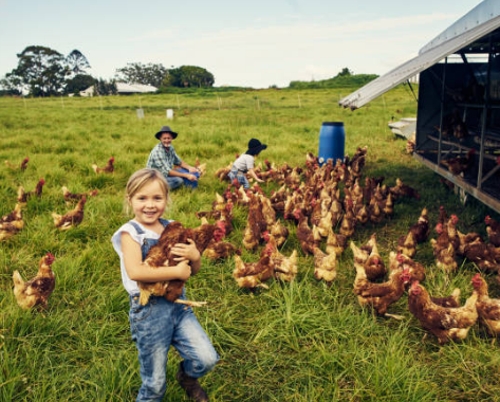
How the feather removing machine works
Since its invention in the 1940s, the poultry plucker has become an important asset for small farm businesses and anyone who raises poultry.
Compared to tedious, monotonous, and messy manual devices, these machines provide people with better hair removal tasks. These devices are very popular and come in various forms. Most machines are also equipped with slide rails, once removed, all functions can be easily slid out of the machine.
Procedure
This type of plucker has a rotating drum shape covered with rubber fingers, which can grip the bird and remove all the feathers very quickly. Some devices work in a specific way, while others operate by using a container that can rotate the bird so that the feathers are scattered throughout the machine.
When poultry is placed on the aluminum roller, it uses rubber fingers to rotate clockwise, removing hair from the animal without damaging or injuring the skin.
How they work mosquito killing lamps
Different methods for removing feathers from birds with plucking machines
Depending on the user's preferences and the type of bird being treated, different plucking methods can be used to remove feathers:
The dry method
It uses no liquid and requires no initial preparation; the bird is plucked as is.
With the wet method
The bird is usually immersed in the boiling water of the machine, which regularly helps to loosen and remove the feathers.
Wax plucking
It is commonly used for birds with larger feathers, and the wax adds weight to the feathers, making them easier to remove in the machine.
What is the best bird plucker?
Since there are many different bird pluckers on the market, offering a variety of designs at various price points, it can be difficult to choose the one that best suits your specific preferences.
Below are the best on the market:
1- Small metal plucker for birds
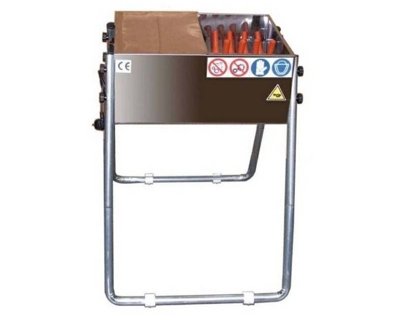
This machine is made of stainless steel. It's a type of depilator with legs to ensure stability. It also has a drain to remove the birds' feathers. It measures 52 x 42 x 77 cm high and is made in Spain.
2- Dhand-cranked bird feather duster
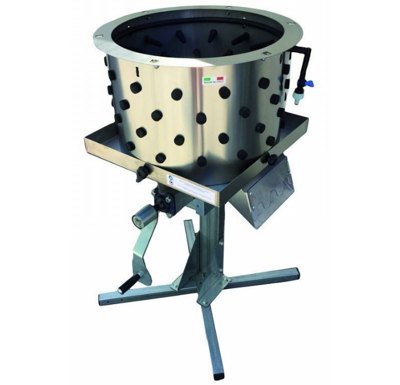
Made in Spain, made of stainless steel. It can harvest 80 to 200 birds per hour. Dimensions are 54 x 54 x 113 cm.
3- PRISMA 155 Automatic Poultry Plucker

Made of stainless steel. It has a one-year warranty. And it's made in Spain. It can hold 150 to 250 birds per hour. The machine's dimensions are 54 x 54 x 95 cm.
4- Automatic poultry plucker Mod.35

Recommended for quail and partridges. This machine is made of stainless steel and comes with a one-year warranty. This plucker can handle 250 to 300 birds per hour. Its dimensions are 46 x 37 x 49 cm. It is manufactured in the same way as the previous ones in Spain.
5- DAutomatic poultry feather duster Mod.65
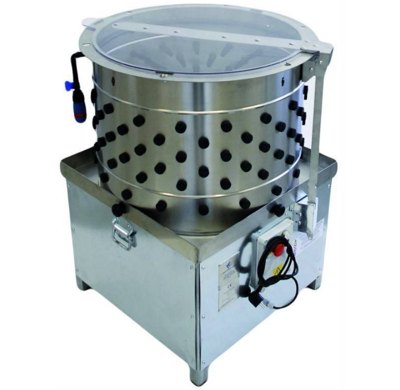
It can hold 250 to 300 birds per hour. Recommended for chicken and turkey. Its established dimensions are 64 x 64 x 95 cm. Produced in stainless steel bar. Made in Spain with a one-year warranty.
How to do the installation of artificial turf correctly
How to choose the best bird plucker?
The main decision points for selecting the right size poultry plucker come down to the following:
Ability
This process of plucking birds can be complicated. Especially when there is uneven distribution of weight and power, a weak engine can be a failure. That's why capacity and size are the most important features you should look for.
Determine the type of chickens you'll be using with this device, for example, and how many you plan to pluck. These two factors will determine the size and capacity of the plucker.
Speed
If you're looking for a product that works efficiently and quickly, you shouldn't just check the power of the machine; the number of rubber fingers also determines the speed of this device. The plucker with more fingers means that it plucks feathers faster than the one with fewer fingers.
Additionally, the stiffness of the plucking fingers also influences the effectiveness of the plucking process. We recommend choosing a product that comes with soft rubber fingers; stiff fingers can bruise the chicken meat during plucking.
The fast models
They can complete plucking in about a minute.
The slowest models
They take up to six minutes. Slower models may be more efficient, as faster types tend to be a little more likely to leave some feathers intact.
Durability
It goes without saying that one of the critical things you should keep in mind when purchasing any product is its quality. The ideal material for the poultry plucker is stainless steel. This material is known for its quality, durability, hygiene, and ability to prevent rust and corrosion.
Also, keep these tips in mind to ensure the best possible results every time:
· Know your energy requirements
· Evaluate the design
· Consider your budget
Know what a is bilge pump and how it works
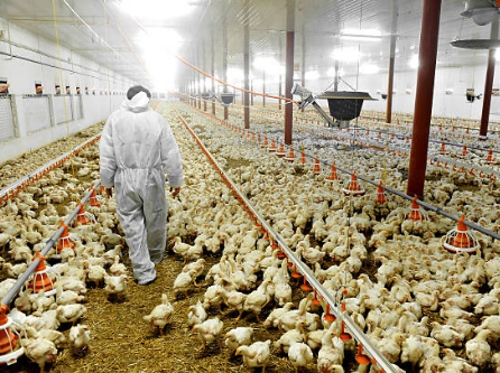
Match the cone size to the size of your equipment
For this evaluation, you should focus on the number of birds in a processing day. These numerical guidelines are only guidelines to help you make good selections. If you are making 50 birds a day, 6 times a year, and you think you need one of these machines with a 30″ and 27″ rotary, don’t let this stop you.
If you process:
· 50 birds at a time, select a 23-gauge bird plucker
· Less than 200 birds at a time, choose the 27-inch plucker
· 75 to 100 turkeys a year, opt for the 27-gauge plucker.
· More than 200 chickens at a time or more than 100 turkeys, select the 35
The outlier in the plucker discussion is the quail. If you process quail, you need a plucker designed for them; usually, this means that there are fingers closer together, so that the quail does not fall through the plucker.
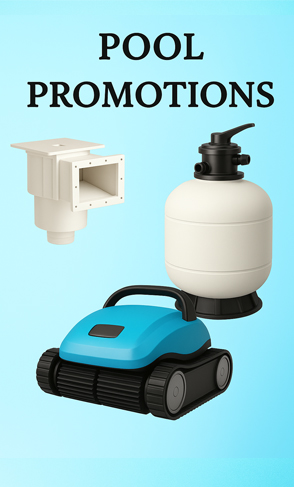




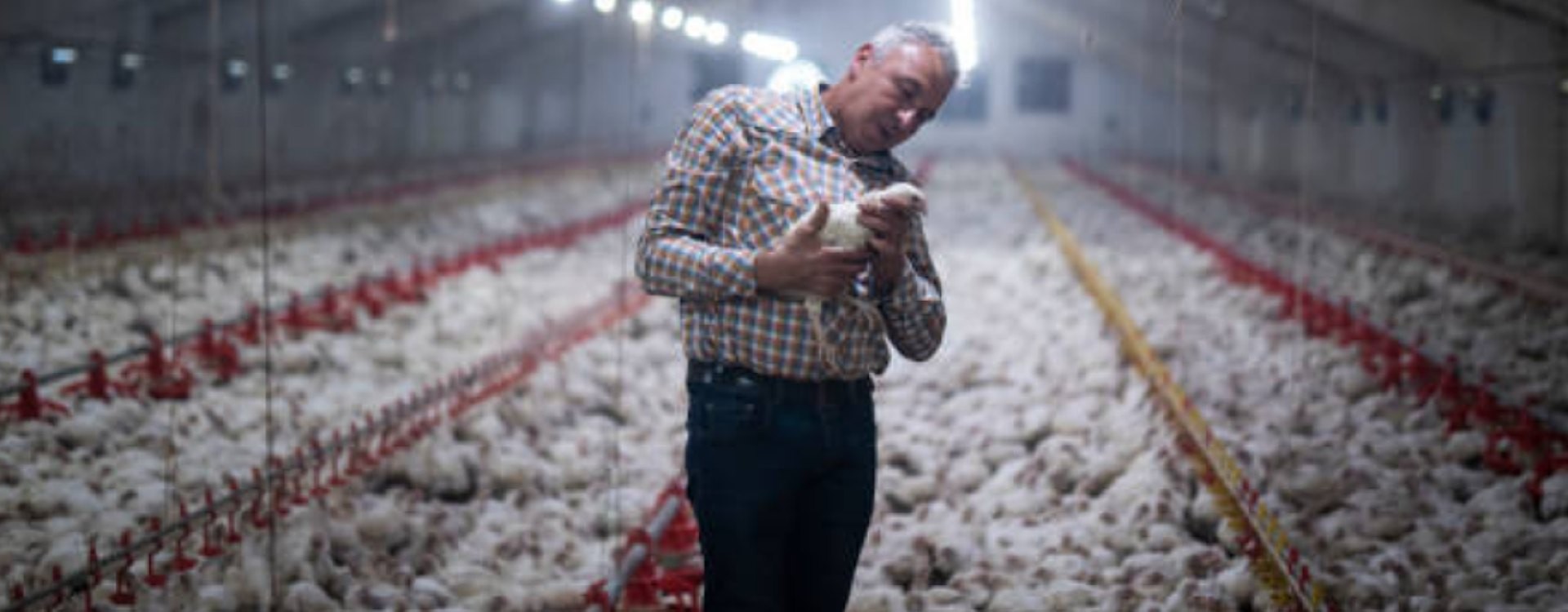

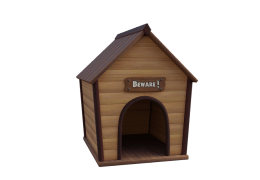

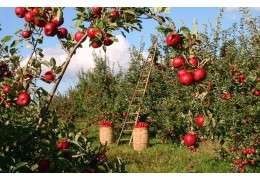


Leave a comment